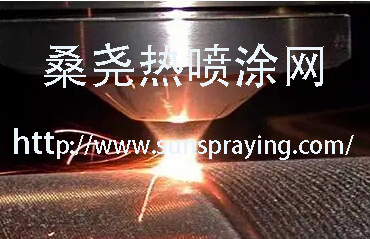Increased operating temperatures and, hence, improved performance of gas turbines or diesel engines can be realized by using ceramic thermal barrier coatings (TBCs). Currently, state-of-the-art TBCs are based on 7-8 wt% Y2O3-stabilized ZrO2 (YSZ), which corresponds to 4-4.6 mol% Y2O3, i.e., 4-4.5YSZ, deposited by atmospheric plasma spraying (APS) or electron-beam physical vapor deposition (EB-PVD).The maximum surface temperatures of TBCs is limited to ~1200degreesC for long-term operation. Below this temperature, an important factor that influences and often determines the lifetime of the TBC system is the oxide scale formation at the bond coat-TBC interface. At higher temperatures, two degradation mechanisms also become increasingly important. One mechanism is the accelerated phase transformation of YSZ from the t' phase to the equilibrium tetragonal and cubic (t and c) phases above 1200degreesC.During cooling, the t phase transforms to the monoclinic (m) phase, which might result in a disintegration of the coating, especially for large amounts of transformed t' phase. The other mechanism is the enhanced sintering of the coating, i.e., a decrease in porosity and increase in Young's modulus takes place at higher temperatures. These changes of microstructure, as well as mechanical properties, result in higher thermally induced stresses and a decrease in thermal-fatigue lifetime of the coating.

本文由桑尧热喷涂网收集整理。本站文章未经允许不得转载;如欲转载请注明出处,北京桑尧科技开发有限公司网址:http://www.sunspraying.com/
|

